Quian Quiroga, Rodrigo
Life & Medical Sciences
Hospital del Mar Research Institute (IMIM)
Email rquian@imim.es
Department Mecanismes neuronals de percepció i memòria
Keywords
signal processing
neurophysiology recordings
computational neuroscience
Short biography
Rodrigo Quian Quiroga studied Physics at University of Buenos Aires and did a PhD in Applied Mathematics at the University of Luebeck, Germany. He was a postdoc at the Research Center Juelich, Germany and a Sloan Fellow at Caltech. In 2004, he got a lectureship at Leicester University, was promoted to Reader in 2006 and to full Professor and Head of Bioengineering in 2008. In 2012 he was awarded a Research Chair and founded the Centre for Systems Neuroscience. Since 2023 he is an ICREA Research Professor, working at the IMIM. He has published more than 120 papers and 5 books (Borges and memory, The forgetting machine, Neurocience Fiction, Imaging brain function with EEG, and Principles of neural coding). He is a fellow of the Academy of Medical Sciences in the UK and was selected as one of the 10 UK leaders in Science and Engineering by the Royal Academy of Engineering and the Engineering and Physics Research Council.

